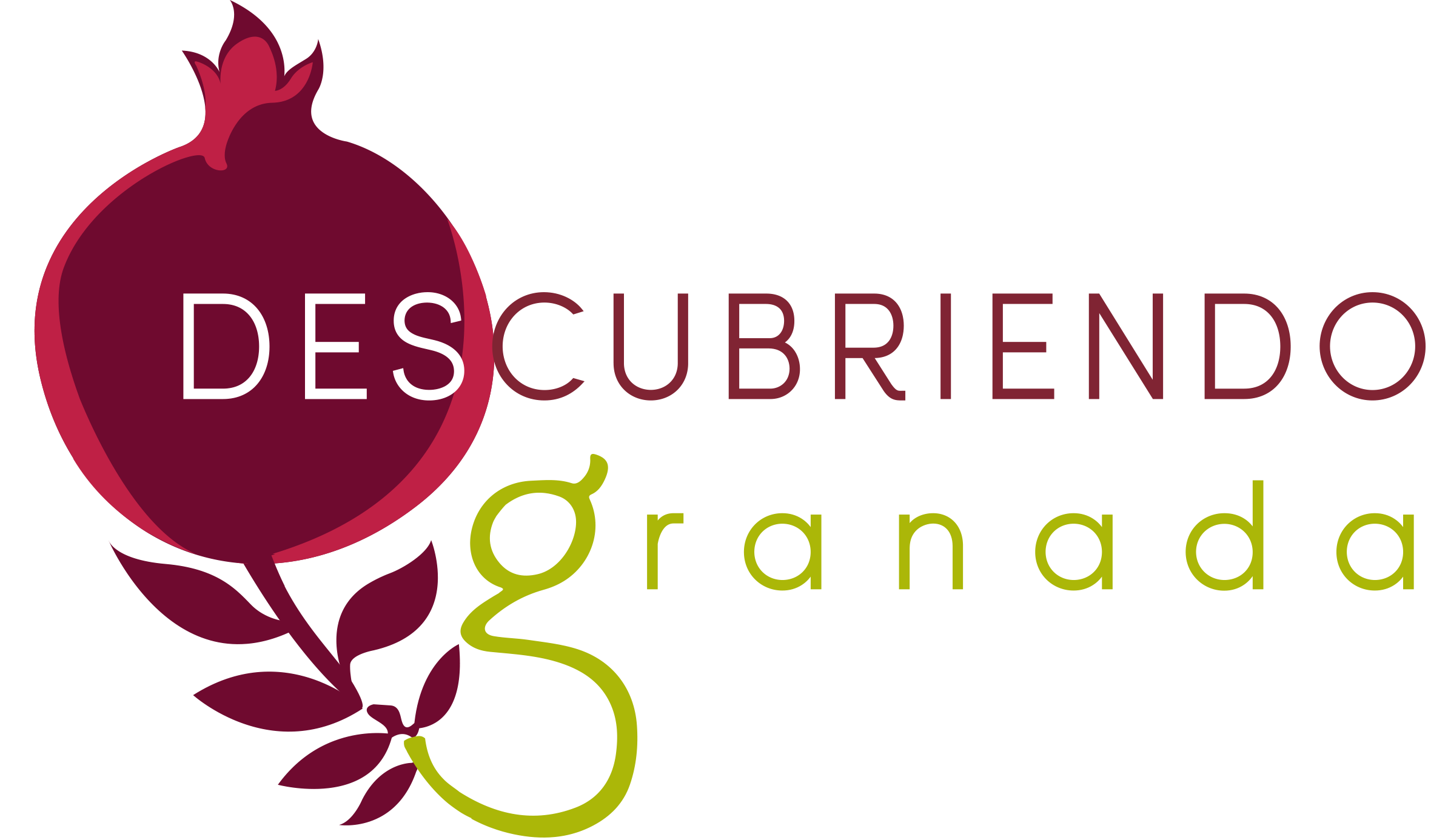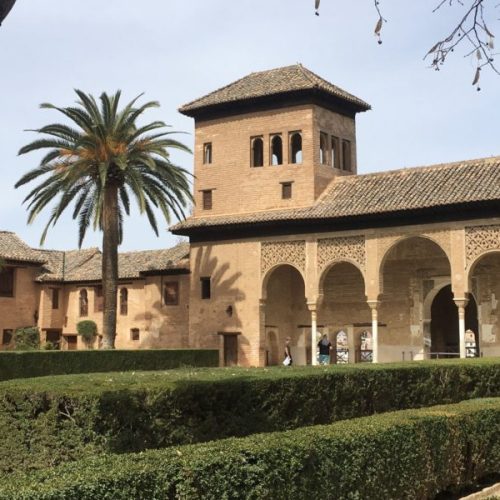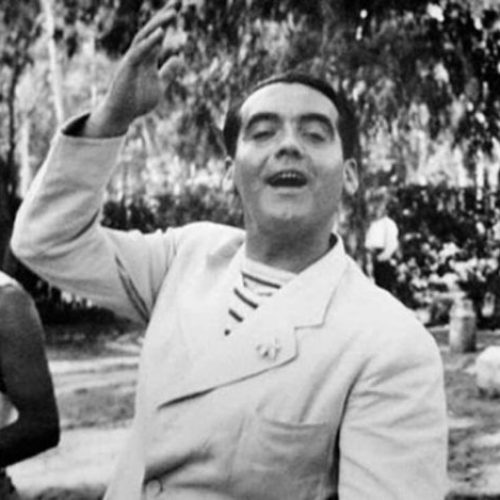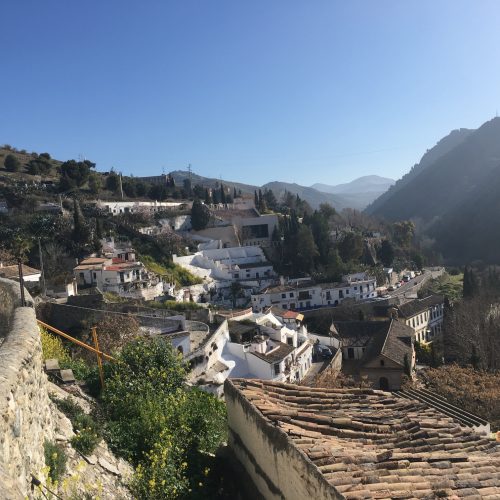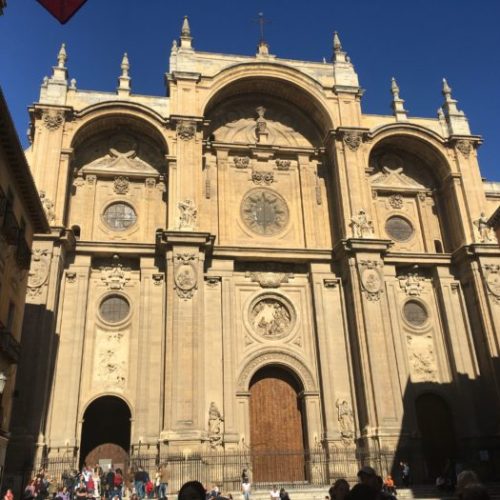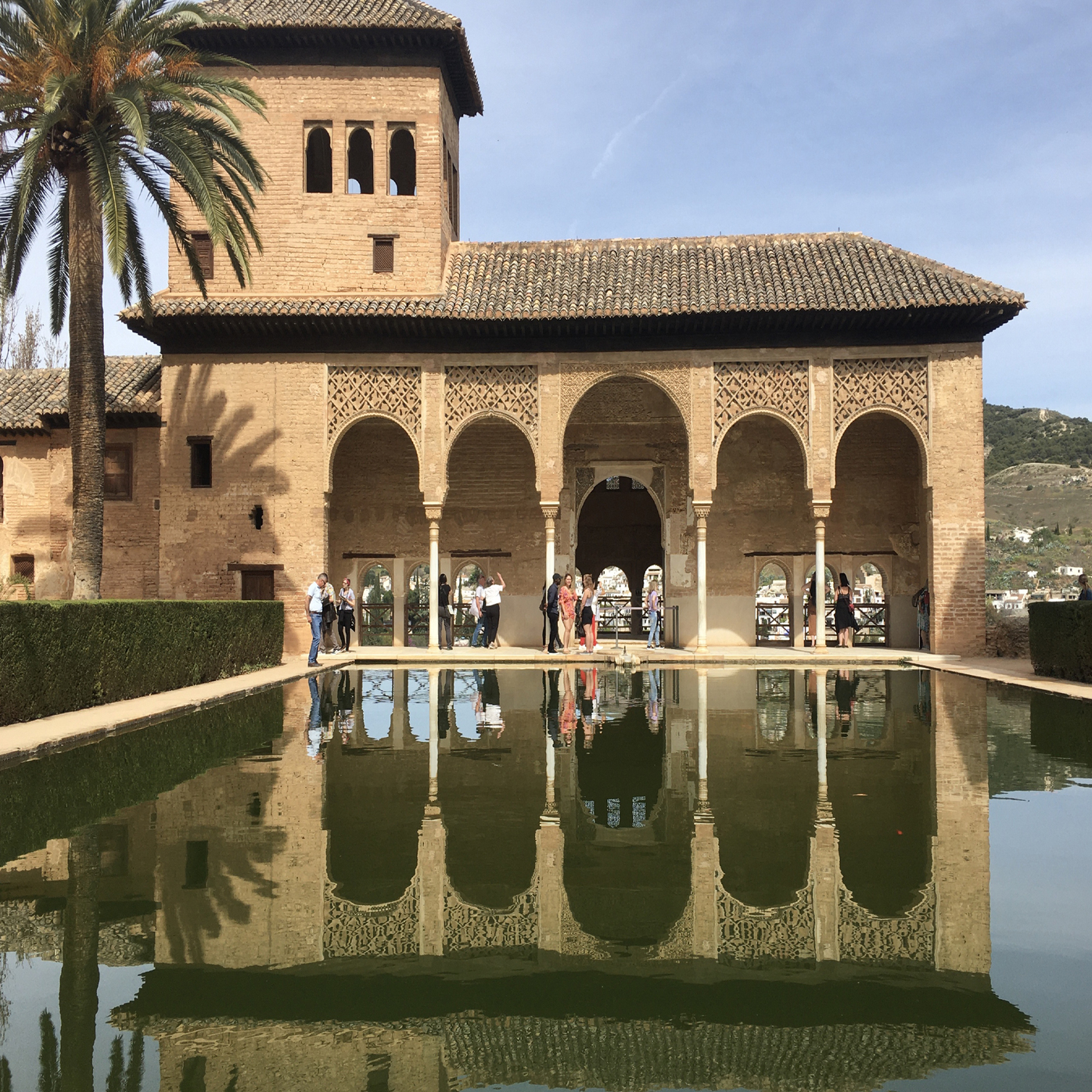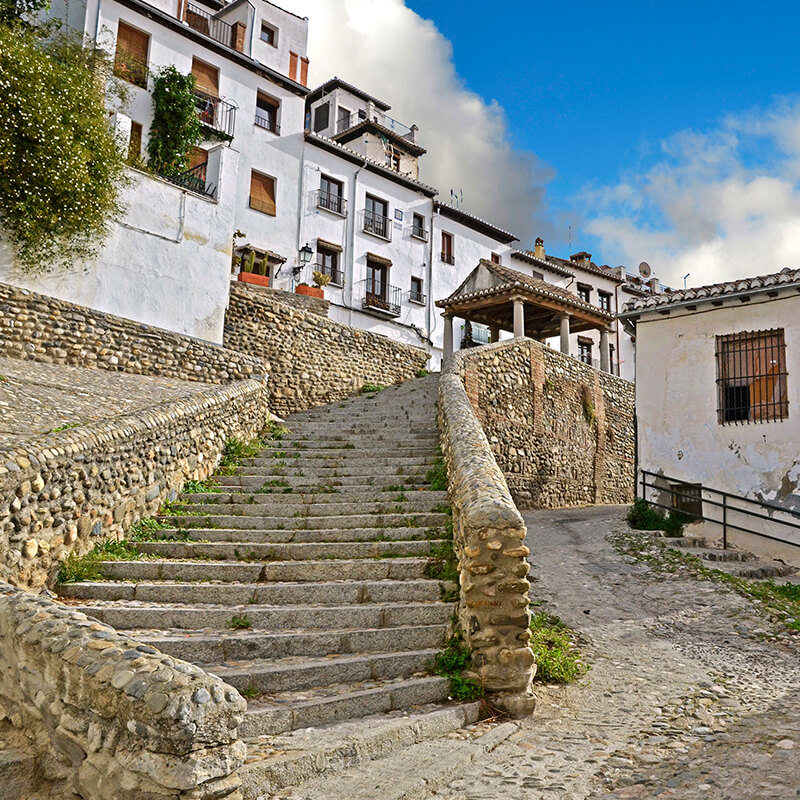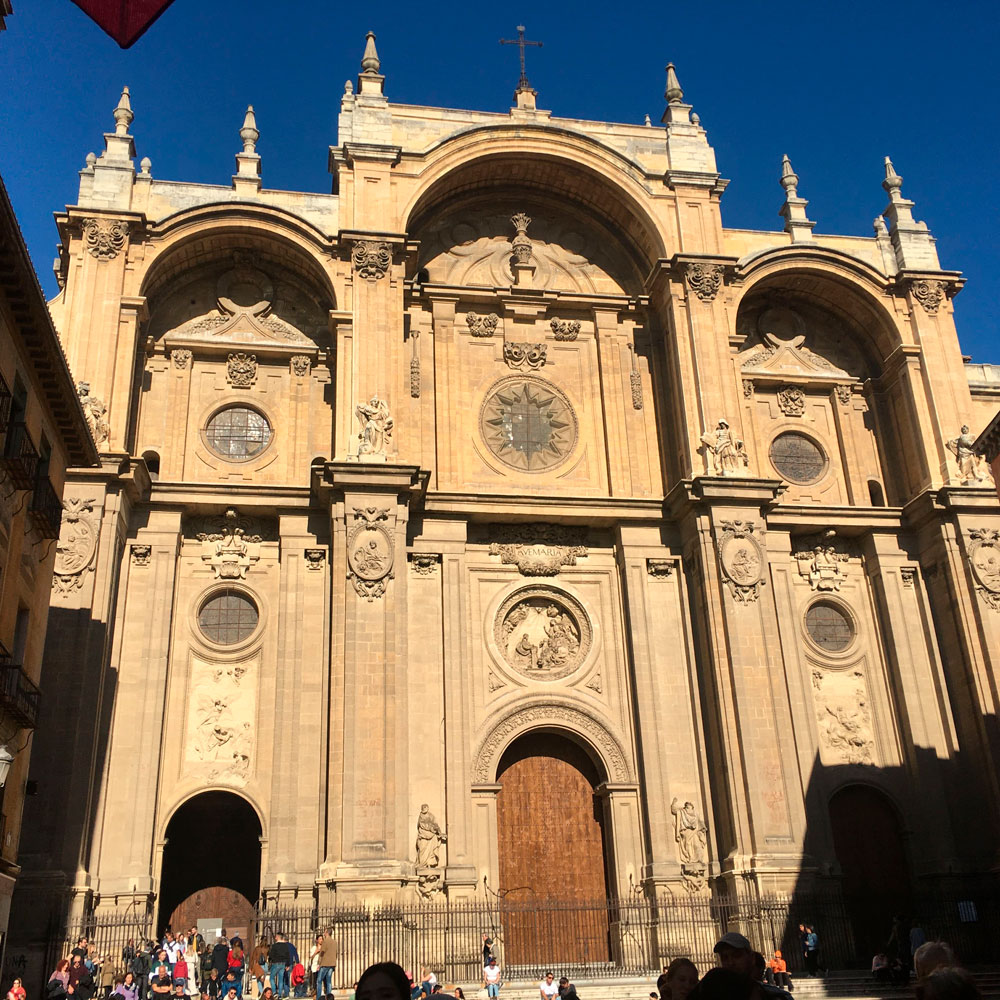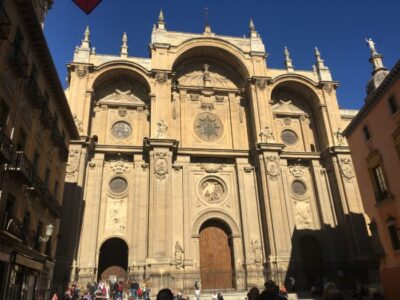
This is a private guided tour
They keep selling traditional and diverse local products or imported goods. The sidewalk cafés, lively tapas bars, restaurants with terraces and coffee shops attract locals and tourists alike. Colorful festivals take place in the central square of Bib Rambla, around its elegant, ornate fountains.
The Muslim kingdom of Granada was famous for Andalusian workmanship, in particular for silk weaving. The silk market was located for centuries in the historic Alcaicería along the Darro river, now covered over by an important road. A small bazaar of handicrafts, jewellery and other souvenirs is all that remains. Nearby the evocative Corral del Carbón, a unique 14th century caravanserai (lodging and wharehousing for merchants) has been well restored.
Immediately after the Christian conquest of the Kingdom of Granada, a gothic style Royal Chapel was built on the site of the Mosque, to house the impressive tombs of the Catholic Kings. Later, under their grandson Charles V, an immense Renaissance Cathedral was started in the middle of 16th century. It wasn’t finished until the beginning of 18th century and finally it turned to baroque style.
Opposite the Madrassa, site of Granada’s Muslim School of Learning or the house of science. It has been considered as the first and unique public university of Al-Andalus. On Christian period this place became the city’s first Town Hall. Is is now home to the Fine Arts Academy of the University of Granada. Inside, the original Islamic oratory, a delicate gem of Andalusian art, the only part that has been faithfully preserved.
Our tour of Granada City Center reveals how this city, after 800 years as a major multi-cultural Muslim capital, was transformed in less than 100 years into a bastion of Christianity within the fast expanding Spanish Empire.
Please find information about monuments tickets: https://ticketsgranadacristiana.com/en

ITINERARY
Corral del Carbón (Ancient Caravanserai) | Alcaicería (silk market) | Bib-Rambla square | Royal Chapel | The Cathedral (tickets not included) | Short part of the Albayzin (tickets not included)

DURATION
2-2,5 hours

ACCESSIBILITY
Very good

IT INCLUDES
(AURICULARES): when the members of the group need them.
DURACIÓN:
ACCESIBILIDAD:
ITINERARIO:
We design the best tour for you, just send us your request
CONTACT
Whatsapp 24 hours
+ 34 670 54 16 69
Rosa Terrones
